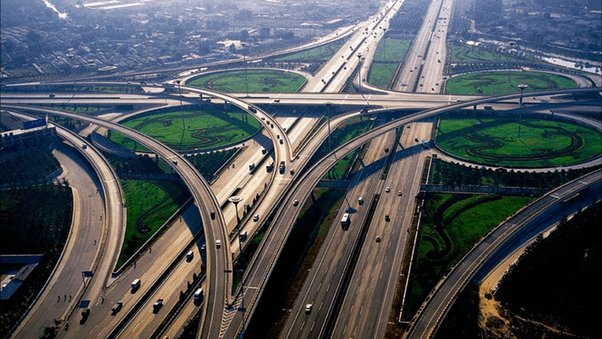Contact Us
RoadVision AI
Private Limited
Office No. 308 & 310, B Block
Ansal Chamber - 1, Bhikaji Cama Place,
Near Engineers India Limited (EIL) Bhawan, New Delhi - 110066
© 2024 | RoadVision AI | All rights reserved
The IRC Code, a cornerstone for India's road infrastructure, includes specific guidelines for the planning, construction, and maintenance of urban roads. The IRC: 27-2009 focuses on sustainable practices for designing roads in urban areas to meet increasing traffic demands while maintaining safety and efficiency. This blog delves into the key aspects of this IRC Code and its significance in urban infrastructure development.

This code provides comprehensive instructions for urban road projects, emphasizing factors like traffic flow, sustainability, and safety. It aims to guide authorities in designing roads that cater to diverse urban requirements.
The IRC: 27-2009 plays a critical role in modernizing urban road infrastructure. By addressing traffic management, environmental sustainability, and safety, it ensures urban roads are equipped to handle the challenges of rapid urbanization.
The IRC Code, particularly IRC: 27-2009, is instrumental in shaping India’s urban road infrastructure. Its comprehensive guidelines for construction, sustainability, and safety provide a roadmap for building roads that cater to modern urban demands. By adhering to these standards, road authorities can create a safer, more efficient, and sustainable transportation network for urban areas.
RoadVision AI is transforming infrastructure development and maintenance by harnessing artificial intelligence and computer vision AI to revolutionize road safety and management. By leveraging advanced computer vision artificial intelligence and digital twin technology, the platform enables the early detection of potholes, cracks, and other road surface issues, ensuring timely repairs and better road conditions. With a mission to build smarter, safer, and more sustainable roads, RoadVision AI tackles challenges like traffic congestion and ensures full compliance with IRC Codes. By empowering engineers and stakeholders with data-driven insights, the platform reduces costs, minimizes risks, and enhances the overall transportation experience.